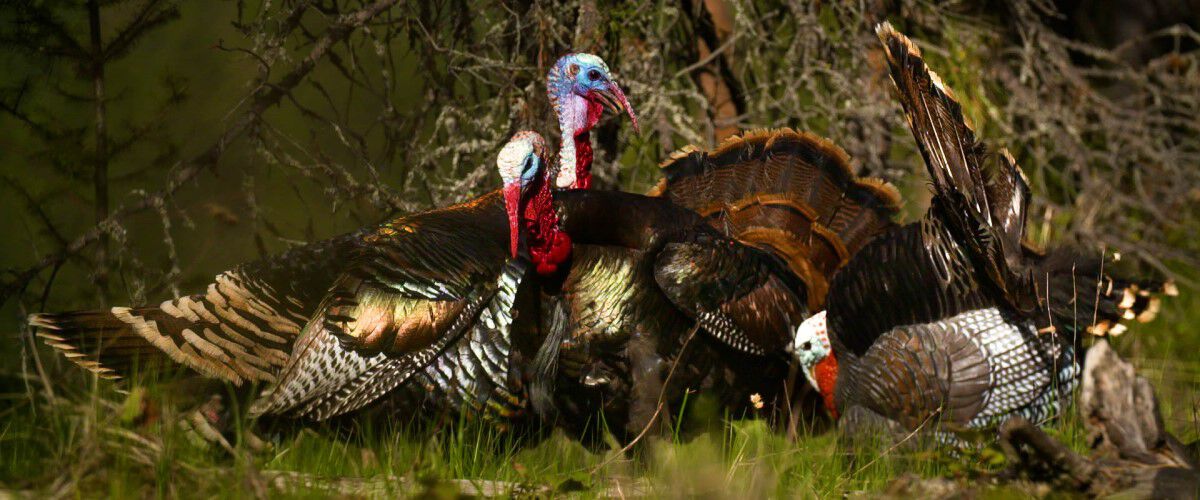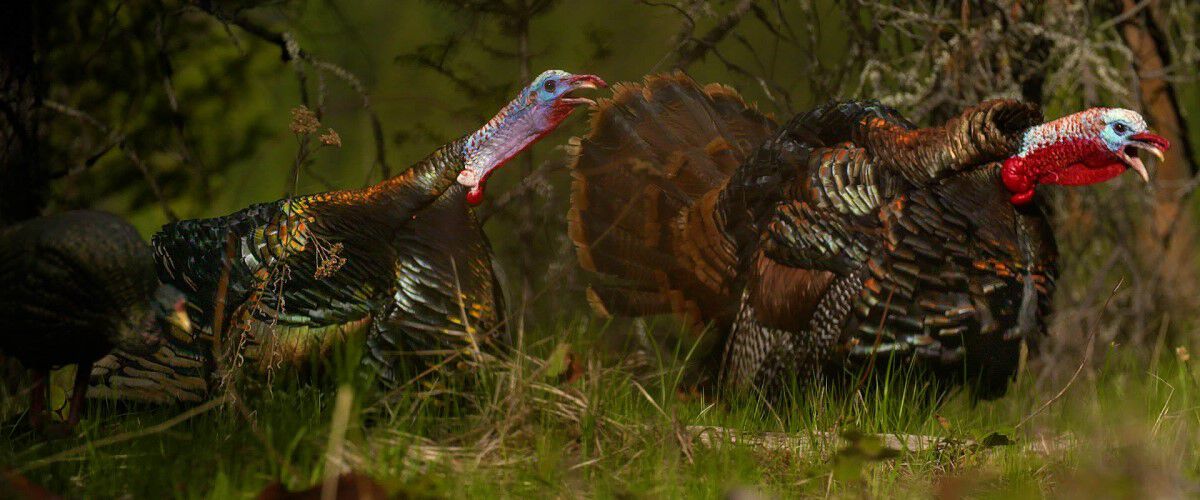
The ultimate guide to hunting turkeys out west.
Many people dream of hunting out west, but don’t know where to start. Lucky for me, I grew up in Washington state hunting turkeys that actually migrate up the mountains. Understanding where they are at different times of the year can be the difference between getting skunked and finding success. So where do you start?
Recently I traveled to Montana to hunt the infamous mountain turkey. I chose an area of public that I’d never hunted, asked some friendly folks at a gas station where the best place to start would be, and set off. From years of hunting mountain turkeys, I’ve learned to start low. All the turkeys get pushed down to the valley floor to live on farms and residential areas to make it through the brutal winters. As Spring hits, mountain turkeys move up the mountains and follow the snow line.
Magnum Blend
Ounce for ounce, dollar for dollar, this is the most lethal turkey shell on the market. Uses 3 shot sizes of our 12 g/cc cast Tungsten (The same as our original HEVI-Shot pellet). With our 12 density you can drop 1 shot size smaller than lead for the same lethality. By having 3 shot sizes in a single shell (5, 6, & 7) we have a cone of lethality out to 66yds! These heavy loads really pack some punch with 437 deadly pellets in a single 12g 3” shell.
Buy Now
Montana was exceptionally challenging. There simply weren’t many birds in the valley where we started our search. Every few minutes I would shut off the car, hit the locator call and listen. It’s important not to move and to remain completely silent in these moments. I’d wait for the call to echo off the mountains, listen, turn, and call the other direction, then listen again. If we didn’t hear anything, we’d move on.
One key to our success was stopping to ask people along the road if they’d seen any turkeys. We got a solid lead from a logger, and we were on our way to laying eyes on our first bird. You could tell by this bird’s gobble that he hadn’t seen another turkey in quite a while. We hiked to a good spot, set up the decoys, let out a few yelps, and a few minutes later a bird came sprinting to the decoys. He had a short beard and looked like a jake, so we packed up and hit the road again.
We stopped to hit the locator call roughly 200 times this day. Finally, we spotted seven good sized toms near a small plot of private. Unfortunately, they were at the bottom of a 100-foot cliff. We set up the decoys and I ran back and forth from the top of the cliff to drag the turkeys our way. This is about 12 hours into our hunt and my camera guys had all but given up. It was a long shot to convince these birds to climb a cliff and travel 300 yards to our decoys, but after throwing down the calling gauntlet, two huge toms came in sprinting!

The first one had white tips that clearly identified him as a Merriam’s, but the second was much darker. It wasn’t quite dark enough to be a full blown eastern, but it was close. These huge toms proceeded to give my decoys the beating of a lifetime. It was incredible to see an Merriam’s and eastern together. We just sat back and enjoyed the show for a few minutes then gave one last call, both birds gobbled, and we put down the Merriam’s.
It was a day I’ll never forget. If you’re willing to start low, talk to strangers, put some miles on your truck and work the locator call, then you can find success out west. Even if you don’t get your bird, spending time in the mountains is worth the trip. Oh, and I make sure I’m always packing Magnum Blend. Because I didn’t come this far to miss.